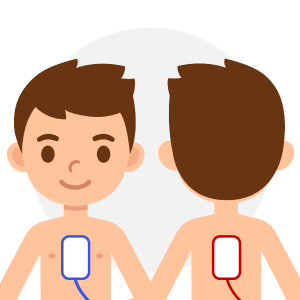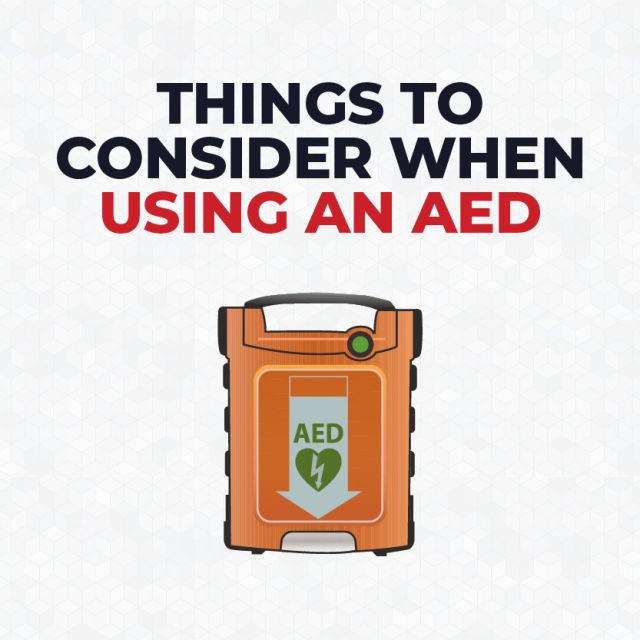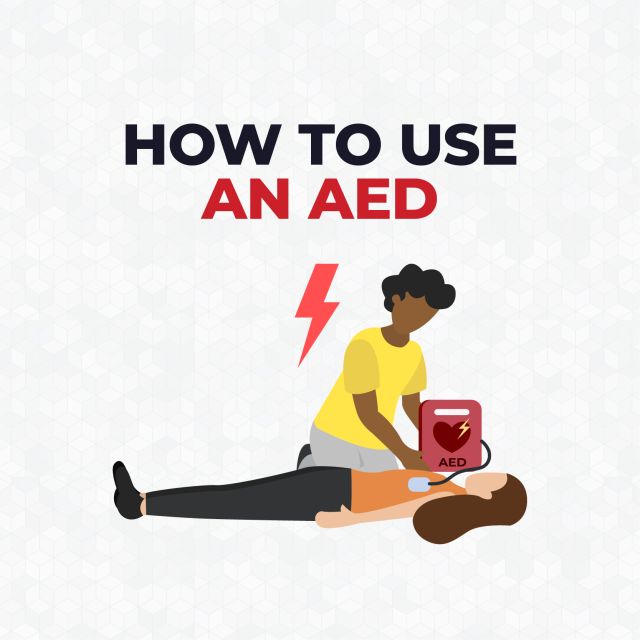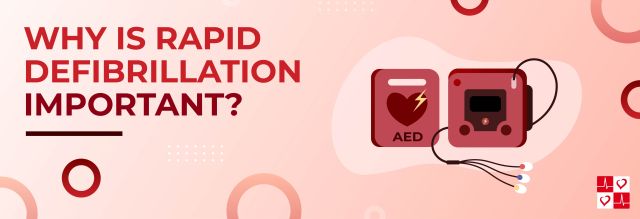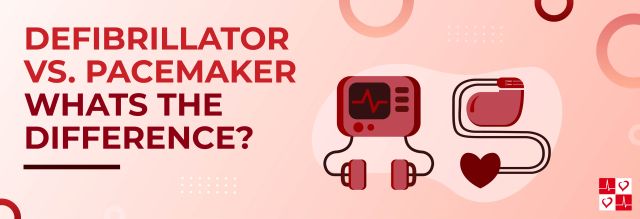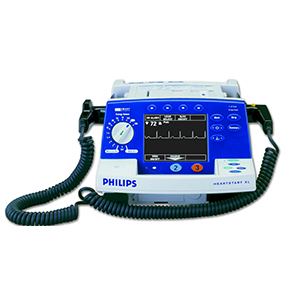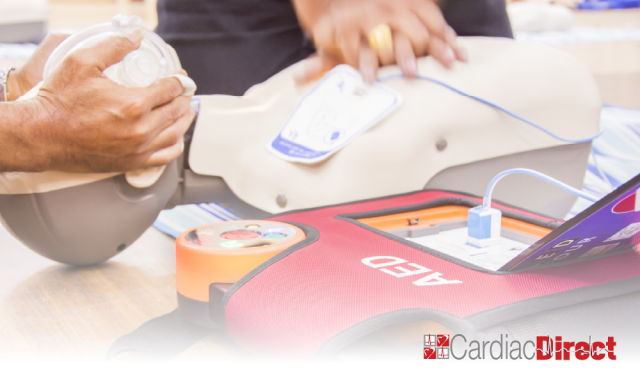Special Considerations When Using an AED
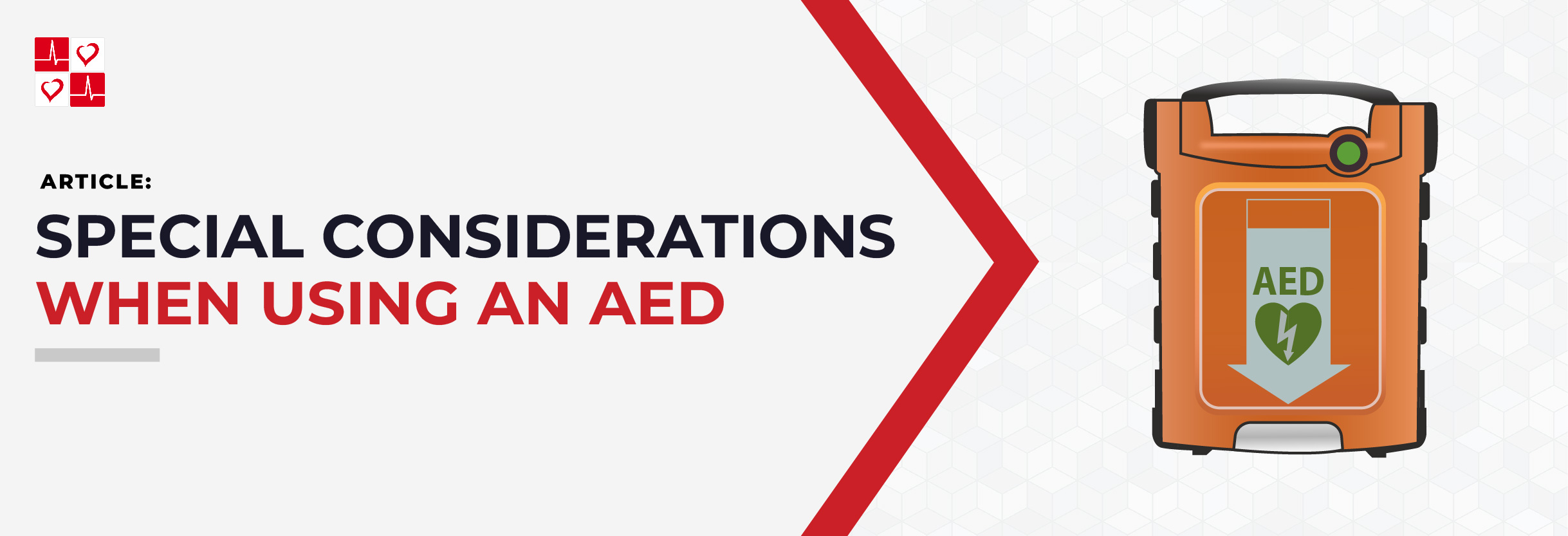
What is an AED?
An Automated External Defibrillator (AED) is a life-saving medical device designed to analyze the heart’s rhythm and deliver an electric shock to help re-establish an effective rhythm in cases of sudden cardiac arrest (SCA). AED’s can detect abnormal heart rhythms, such as ventricular fibrillation (VF) or ventricular tachycardia (VT), which are often the cause of sudden cardiac arrest.
Special Considerations When Using an AED
An AED can be the critical difference between life and death when sudden cardiac arrest occurs. However, using an AED effectively demands an understanding of specific considerations. To understand the nuances of patient condition and environment, there are vital factors that must be taken into account to ensure safety. To learn how to use an AED, click here.
In this article, we’ll highlight some special considerations when using an AED for both trained professionals and bystanders alike to optimize the chances of saving a life.
Pregnant Women
Lack of oxygen to both the mother and her baby can have negative effects on the pregnancy. When using an AED on pregnant women, it’s important to consider the following:
- Using an AED on a pregnant woman is considered safe and should not harm the unborn child.
- The priority is to save the mother’s life, as it directly impacts the survival of the fetus.
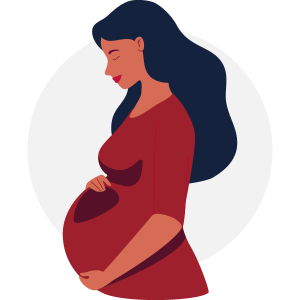
Pacemakers or ICD's
Pacemaker devices are designed to withstand the shocks of an AED. When using an AED on patients with a Pacemaker or an ICD, please take into account the following considerations:
- Avoid placing AED pads directly over the pacemaker or ICD. Position the pads at least 1 inch (2.5 cm) away from the device to ensure proper shock delivery and to avoid damaging the implanted device.
- After delivering a shock, the pacemaker or ICD may need to be checked by a healthcare professional to ensure it is still functioning properly.
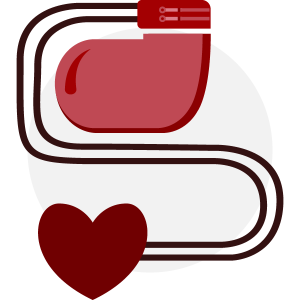
Chest Hair
Electrode pads must fully contact with the patient’s chest to analyze the heartbeat. When using an AED on patients with chest hair, be sure to remember the following information:
- If the AED pads do not stick properly due to chest hair, it may be necessary to quickly shave the areas where the pads will be placed. Many AED kits include a razor for this purpose.
- After placing the pads, check that they are sticking properly to the skin and not on top of the hair.
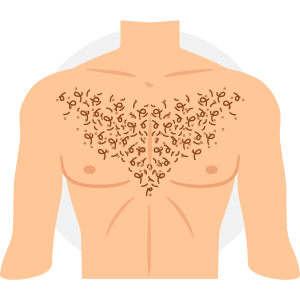
Wet Patients
Sudden cardiac arrest can happen in pools, rainy days, or any other situations involving water. When using an AED on wet patients, it’s essential to bear in mind the following:
- Under no circumstances should an AED be used if the person is in or near water.
- If the patient is in or near water, move them to a dry area if possible.
- Quickly dry the patient’s chest to ensure that the AED pads can adhere properly.
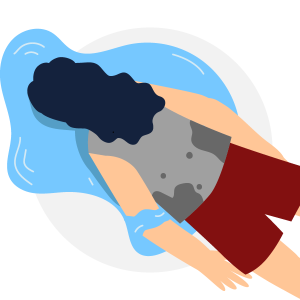
Pediatric Patients
While cardiac arrest in children is rare, there’s still a slim chance it can occur. When using an AED on pediatric patients, it’s essential to consider some key differences:
- Some external defibrillators have a special pediatric setting.
- Other AED’s come with child electrode pads.
- Place one pad in the center of the chest (anterior) and one on the back (posterior) to prevent overlapping and ensure effective delivery of the shock.
